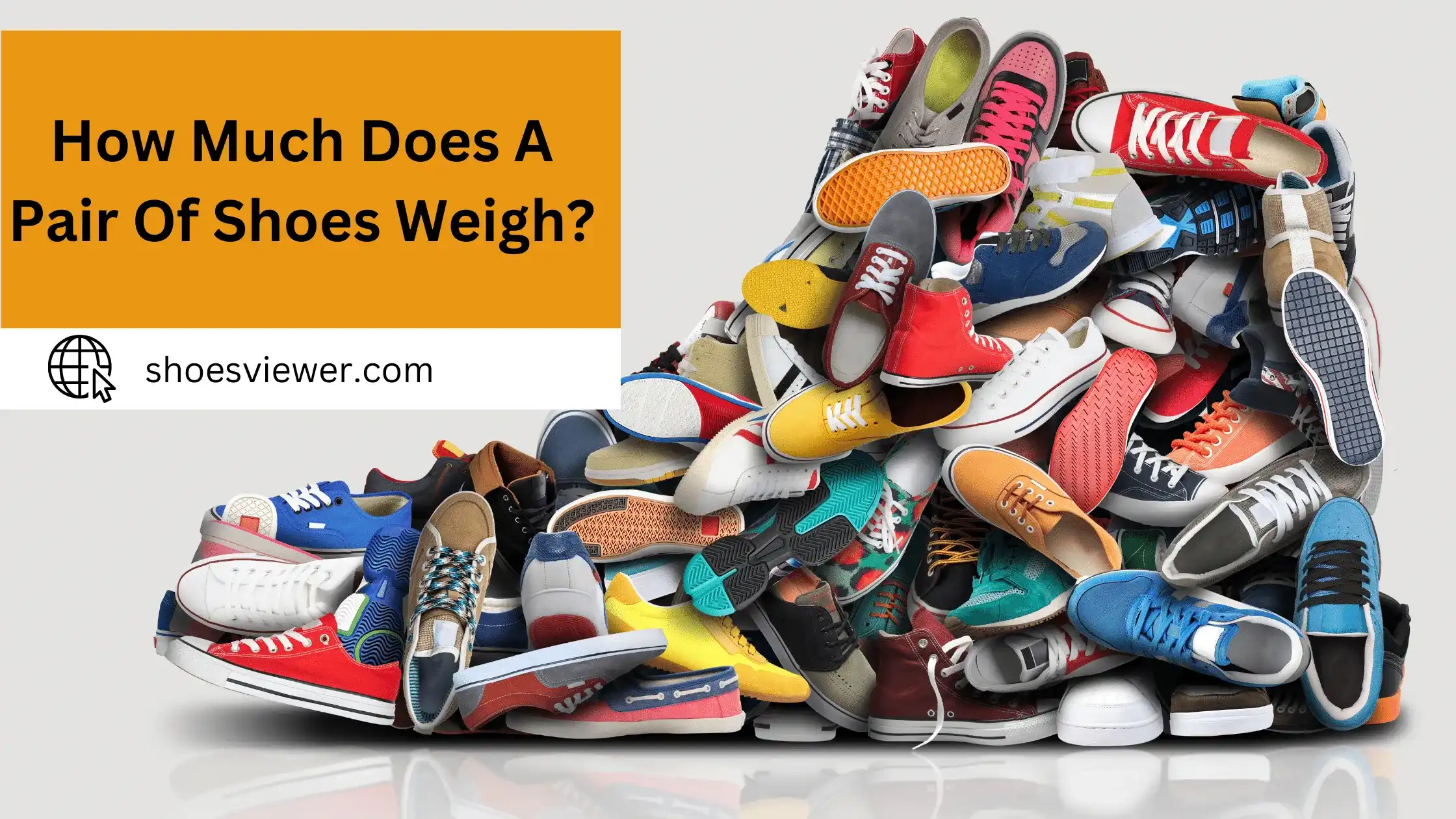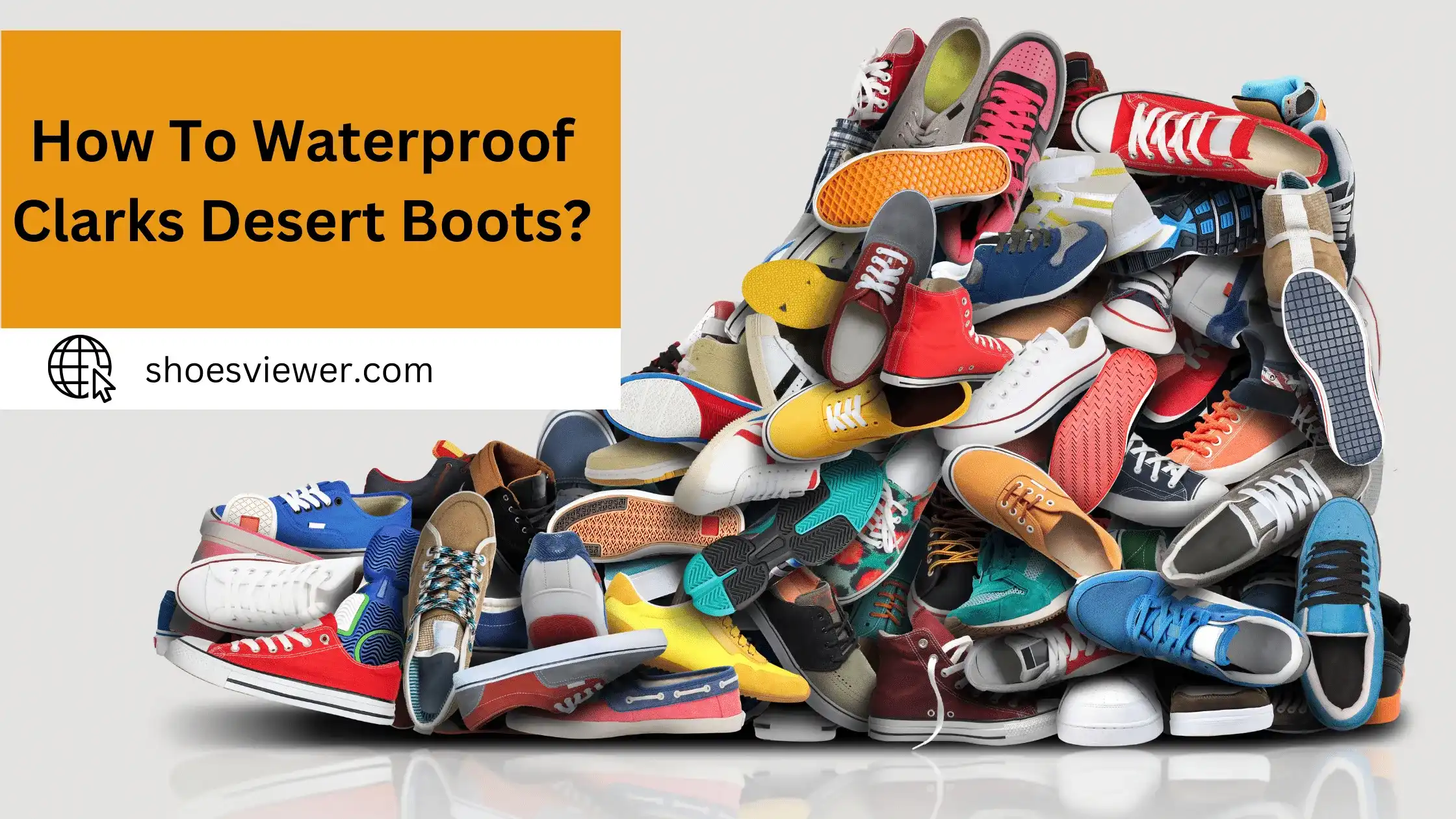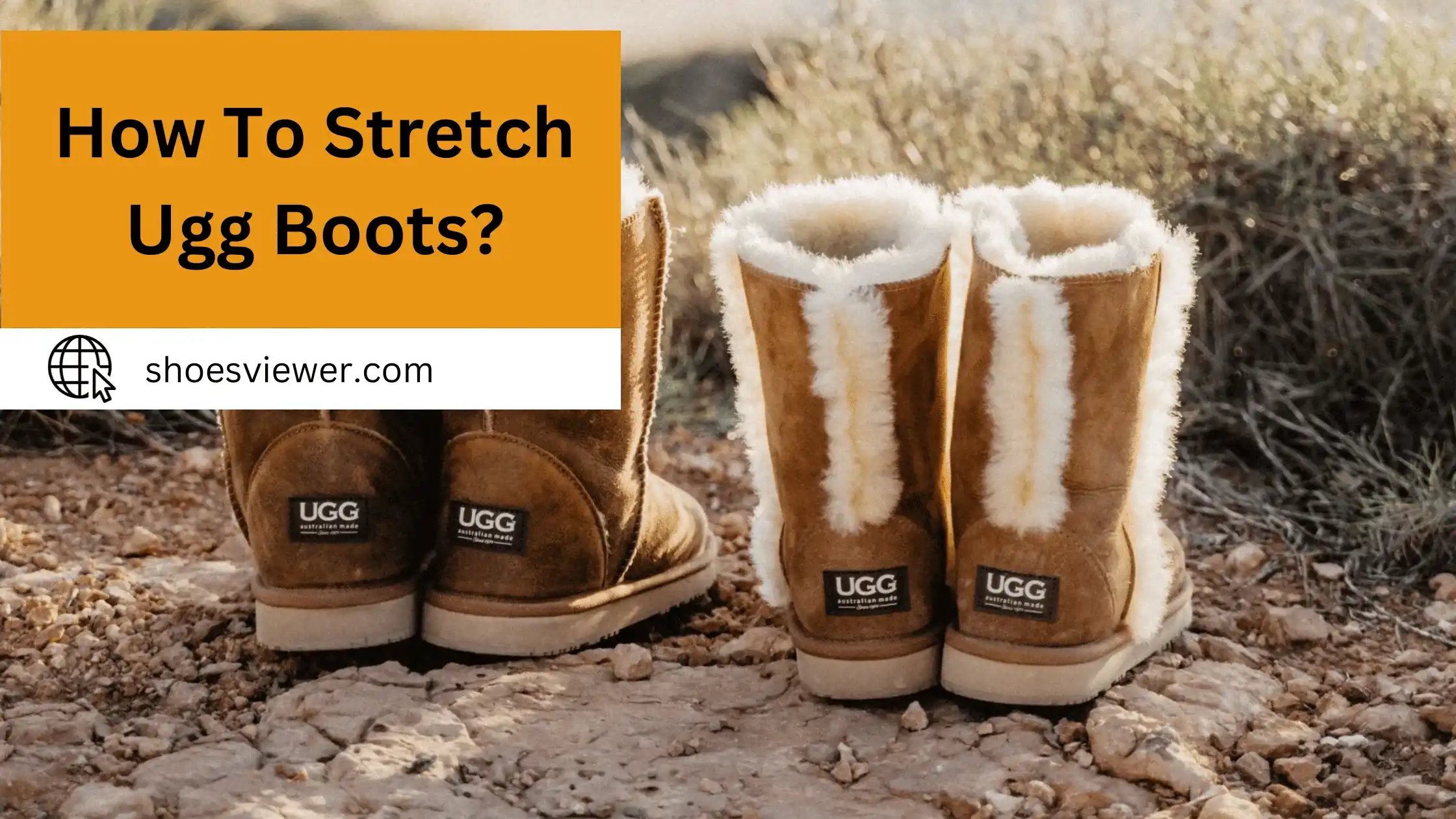If you find yourself curious about the weight of a pair of shoes, then you’ve come to the right place. We all know that shoes can come in different shapes, sizes, weights, and materials. Understanding the weight of your favorite footwear is not only important for keeping track of fashion trends but also helps to properly pack for travel. We’ll take an in-depth look into what affects shoe weight and explore some interesting facts about popular styles.
Get ready to learn something new It’s time to uncover just how much those stylish kicks weigh!
Shoes Types Weight (lbs) Weight (Kg)
Walking Shoes 0.5 0.23
Running Shoes 0.59 0.27
Steel Toe Work Boots 1.4 0.64
Hiking Boots 1.4 0.64
Tactical boots 1.4 0.64
Pull On boots 5.1 2.31
Loafers 0.7 0.32
Sneaker 0.5 0.23
Snow Boots 1.2 0.54
Logger Work Boots 2.8 1.27
Water Shoes 0.4 0.18
Soccer Cleats 2.2 1.00
Cross Training Shoes 0.6 0.27
Decoding The Average Weight of Shoes - Men vs Women:
The weight of shoes can vary widely depending on factors like material, design, and added features, but generally, men’s shoes tend to be heavier than women’s for several reasons:
Size:
Men typically have larger feet, which means more material is used in the construction of the shoe, making it heavier.
Material Density:
Men’s shoes often use denser materials to provide extra support and durability, which adds to the weight.
Design Elements:
Styles like men’s work boots or athletic shoes often come with additional features like steel toes or reinforced soles, making them heavier.
Durability Expectations:
Men’s shoes are generally constructed with longevity in mind, often featuring thicker soles and heavier stitching, which add weight.
Fashion Trends:
Women’s shoes, influenced by fashion trends, often lean toward lightweight materials and minimalistic design, thus weighing less
Exploring Factors That Influence The Weight of Shoes:
Materials:
The type of material used is one of the most significant factors. Leather, for instance, is generally heavier than synthetic materials or textiles.
Sole Composition:
Rubber soles are usually heavier than EVA (Ethylene-vinyl acetate) soles. However, modern technology has produced lighter rubber compounds and foam materials that reduce weight without compromising on durability.
Added Features:
Features like cushioning, reinforced toes, ankle supports, or even electronic components for smart tracking can add weight to the shoes.
Construction Method:
The way a shoe is made can also affect its weight. Goodyear welting, for example, involves extra layers of material and stitching, making the shoe heavier.
Purpose:
The intended use of the shoe plays a significant role. Hiking boots, for example, are built to be sturdy and are thus heavier, while ballet flats are designed for flexibility and are lighter.
By understanding these factors, you can make more informed decisions when shopping for shoes, choosing the pair that fits your specific needs and comfort preferences.
How Shoe Weight Impacts Your Walk And Overall Comfort:
When it comes to shoes, the last thing you want to worry about is their weight. After all, a good pair of shoes should fit comfortably and provide enough support so that you can go about your day without worrying about foot pain or becoming fatigued.
Let’s take a look at how shoe weight plays into the equation.
One of the main effects of wearing a heavy shoe is that it can cause muscle strain in your legs, feet, and ankles. That’s because the additional weight puts extra pressure on your joints, leading to fatigue over time. This can also make it difficult to walk quickly or over long distances, as the additional weight can be a drag on your energy levels.
Another issue with wearing heavy shoes is that they can lead to an increased risk of injury due to instability. This is because heavier shoes tend to have more rigid soles, meaning that they don’t provide as much shock absorption when you take a step. This means that your body is more likely to take the full force of any impact, leading to stress on your feet and legs.
Finally, heavy shoes can also cause blisters due to moisture and friction buildup between your foot and the shoe. This can be especially irritating as it can lead to discomfort when walking or standing for extended periods of time.
Why Knowing The Weight of Your Shoes Matters?
When you’re buying a pair of shoes, it can be easy to focus solely on the style and color that you like but there is one important factor that often goes overlooked: the weight. Knowing the weight of your shoes is essential for ensuring comfort and preventing long-term foot problems.
It’s estimated that the average person takes approximately 8,000 steps a day and when you consider this in combination with your body weight, it can be easy to see why shoes that are too heavy can cause problems.
Shoes that are too heavy put more strain on your feet which can lead to fatigue, soreness, and even long-term health issues. On the other hand, shoes that are too light can also be problematic: they may not provide enough cushioning or support for the foot and can cause blisters and other issues as well.
So when you’re making your next shoe purchase, don’t forget to check the weight! Doing so will help ensure that you get a comfortable pair of shoes that won’t weigh down on your feet. And if you’re looking for a lightweight option, some brands offer special models designed to be lighter than their standard counterparts so make sure to keep an eye out for those!
Conclusion:
All in all, knowing the weight of a pair of shoes can be a valuable piece of information for various reasons. Whether you’re looking to lighten your luggage on your travels, want to have an estimate of how much to expect while shipping or just makes you curious - the weight will likely vary depending on the material and style of the shoes. Regardless though, it’s always best to know more rather than less and this applies also to understanding the weight of our footwear. So why not go ahead and weigh a few pairs of shoes today you might be surprised by the results!







